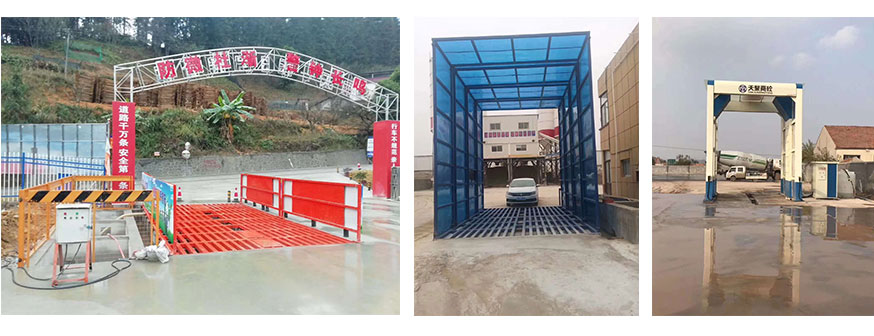Types of Vehicle Washing Platforms
2024-05-31
A vehicle washing platform is a dedicated facility or setup designed to clean vehicles efficiently and effectively. These platforms can vary in complexity from simple manual setups to advanced automated systems. They are used in various contexts, including commercial car washes, service stations, industrial sites, and even residential settings. Here’s an in-depth look at vehicle washing platforms:
Types of Vehicle Washing Platforms
1. Manual Washing Platforms: Basic setups where the washing process is done manually using hoses, pressure washers, brushes, and cleaning agents.
2. Automatic Car Wash Systems: Fully automated systems where vehicles are moved through a series of cleaning stages using conveyor belts. These systems can be divided into:
- Touchless Systems: Use high-pressure jets of water and cleaning chemicals without physical contact.
- Soft-Touch Systems: Utilize brushes and cloth rollers to scrub the vehicle’s surface.
3. Self-Service Car Washes: Facilities where customers use provided equipment (pressure washers, brushes, and vacuums) to wash their vehicles themselves.
4. Mobile Washing Units: Portable systems that can be brought to different locations, often used by mobile car wash and detailing services.
5. Truck and Heavy Vehicle Wash Platforms: Larger and more robust setups designed to handle larger vehicles such as trucks, buses, and construction equipment.
Features
1. Water Supply and Drainage: Adequate water supply with proper drainage systems to handle wastewater.
2. Pressure Washers: High-pressure water jets for effective cleaning of dirt and grime.
3. Cleaning Agents: Dispensing systems for detergents, soaps, and other cleaning chemicals.
4. Water Recycling Systems: Systems to treat and reuse water, reducing environmental impact and operating costs.
5. Drying Systems: Blowers and dryers to remove excess water after washing.
6. Vehicle Lifts: Platforms that can lift vehicles for undercarriage cleaning (mostly in manual and some automated systems).
Advantages
1. Efficiency: Designed to clean vehicles quickly and thoroughly.
2. Water Conservation: Advanced systems often incorporate water recycling and efficient water usage techniques.
3. Consistency: Automated systems provide a consistent level of cleanliness.
4. Convenience: Self-service and automated systems offer convenience to users.
5. Environmental Protection: Proper drainage and water recycling reduce the environmental impact.
Considerations
1. Initial Investment: Automated and large-scale systems require significant upfront investment.
2. Maintenance: Regular maintenance is essential to keep the systems functioning properly.
3. Space Requirements: Sufficient space is needed to accommodate the platform and its components.
4. Environmental Regulations: Compliance with local regulations regarding wastewater disposal and chemical usage.
Installation Tips
1. Site Selection: Choose a location with adequate space, proper drainage, and accessibility.
2. Professional Installation: Hire experienced professionals for installation to ensure all components are set up correctly.
3. Compliance: Ensure the installation complies with local regulations and environmental standards.
4. Training: Train staff or users on the proper use and maintenance of the equipment.
5. Safety Measures: Implement safety protocols to protect users and prevent accidents.
Conclusion
Vehicle washing platforms provide an essential service for maintaining the cleanliness and appearance of vehicles. From basic manual setups to sophisticated automated systems, these platforms cater to various needs and preferences. By choosing the right type of platform and ensuring proper installation and maintenance, businesses and individuals can enjoy efficient, effective, and environmentally friendly vehicle washing solutions.



